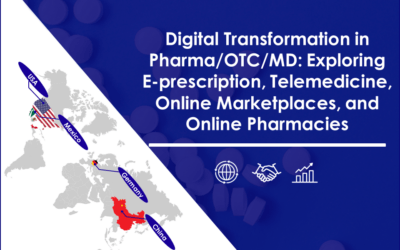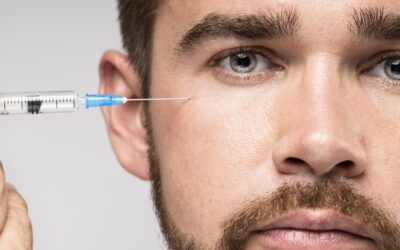According to the Global Digital Report, in 2019 there were 3.484 billion social media users worldwide. That is 9% up compared to last year. To increase the viewer engagement, brands try their best to create and share unique, eye-catchy and exciting content across different social media channels. While for some industries, it is essential to focus on the creative features of the content, OTC & Pharma players have to be constantly aware of the regulations imposed by the authorities.
In a recent article by Unmetric.com, experts systematically analyzed the online posts published by 16 biggest pharma companies. While all 16 companies do not shy away from posting about their philosophy, company history and achievements, only half of them share promotional information on their brands.
Consumer Health and Pharma companies are also being selective in terms of which social media channels to target. On average, OTC and Pharma players favor Twitter and Linked In as a safe choice for sharing basic corporate information. Facebook and YouTube follow next, and Instagram and Pinterest and considered as the least popular platforms among pharma companies.
This does not come as a surprise, given that YouTube allows users to publish and comment anonymously, which makes it challenging for companies to receive transparent feedback on their products. Instagram poses another substantial challenge of handling incomplete and inaccurate product information shared among users.
Nevertheless, Facebook pages contribute to the highest percentage of video content related to the product advertisement. As brands compete for viewers’ attention, video content proves to be the most engaging among all the other types. Since these materials are subjected to a profound analysis by pharma regulatory bodies, it is highly important to involve the company’s regulatory department in managing online channels. When developing a social media strategy, healthcare companies need to define the following:
- Which type of content they would like to publish (company profile, promotional materials or product advertisement)?
- Which platforms need to be used for a specific type of content?
- Which influencers (if necessary) should be involved in promotional campaigns?
- How to manage comments from patients and consumers who share product information online?
The strict regulatory environment for OTC, Pharma and Medical Devices might discourage some companies, especially small-sized players from producing more promotional posts. However, as history shows, the pharma industry has always found a way to adapt to new forms of communications and stay in compliance with the regulatory guidelines.
Featured image: Blogtrepreneur – Social Media Marketing Mix




